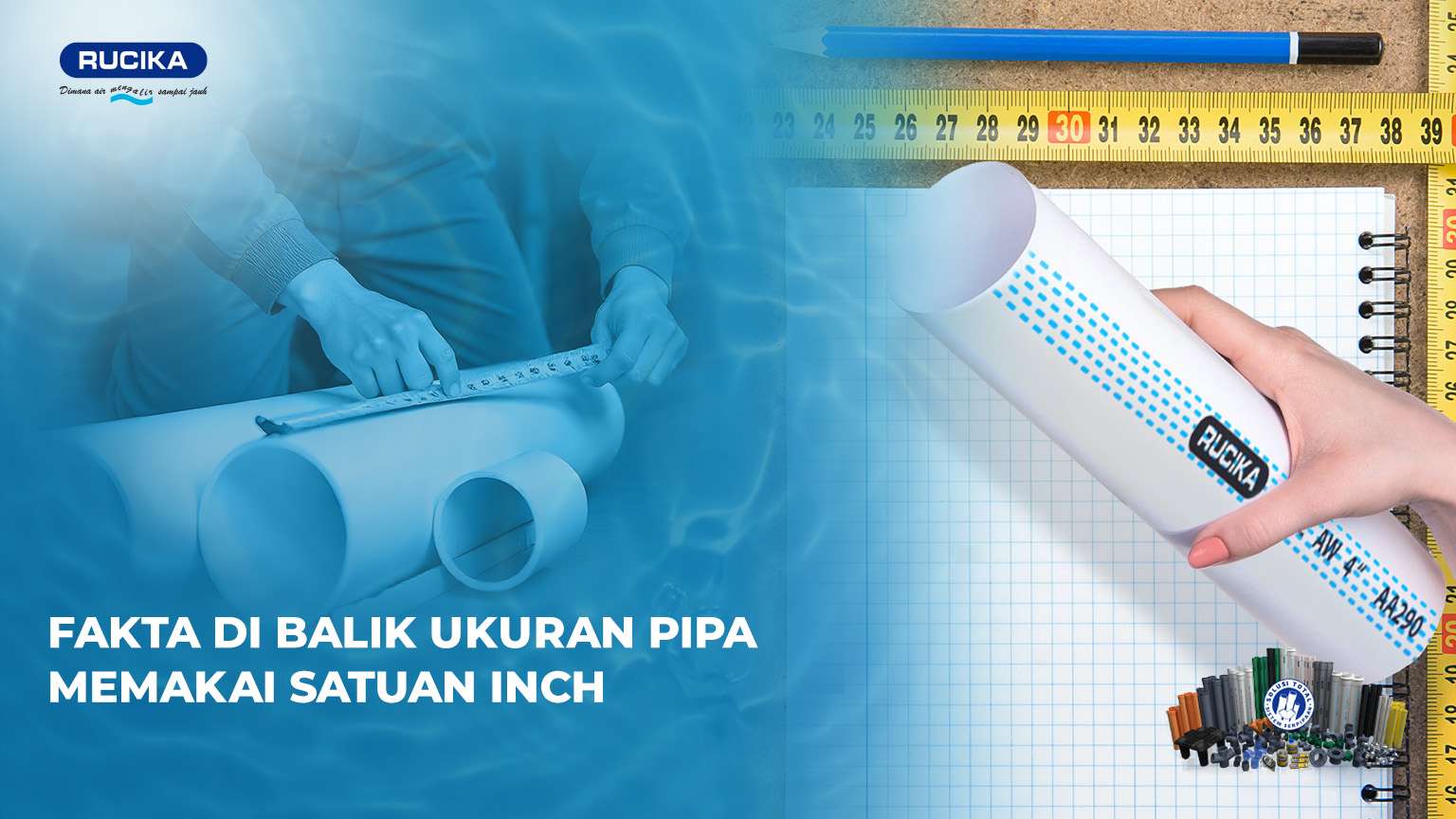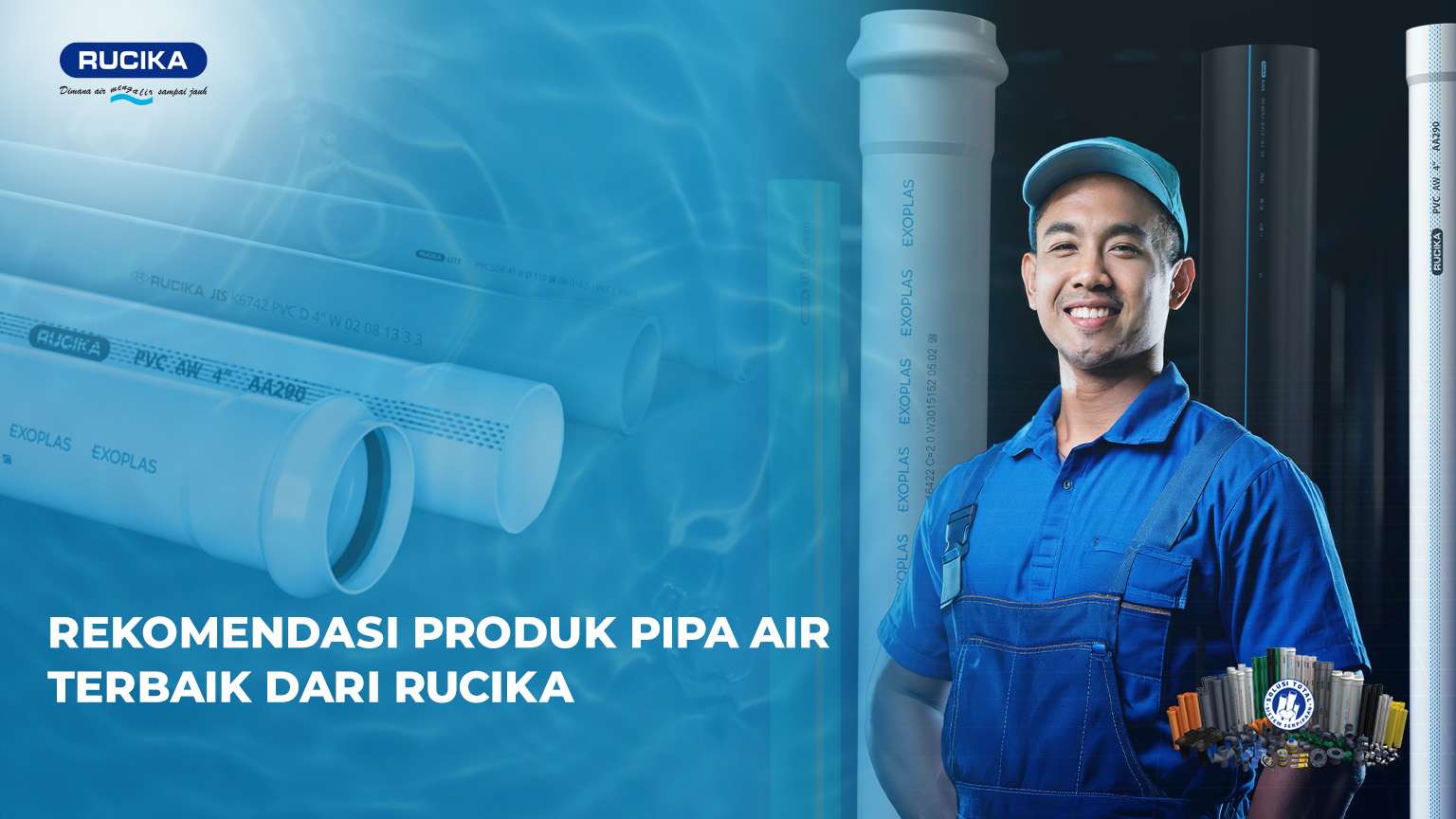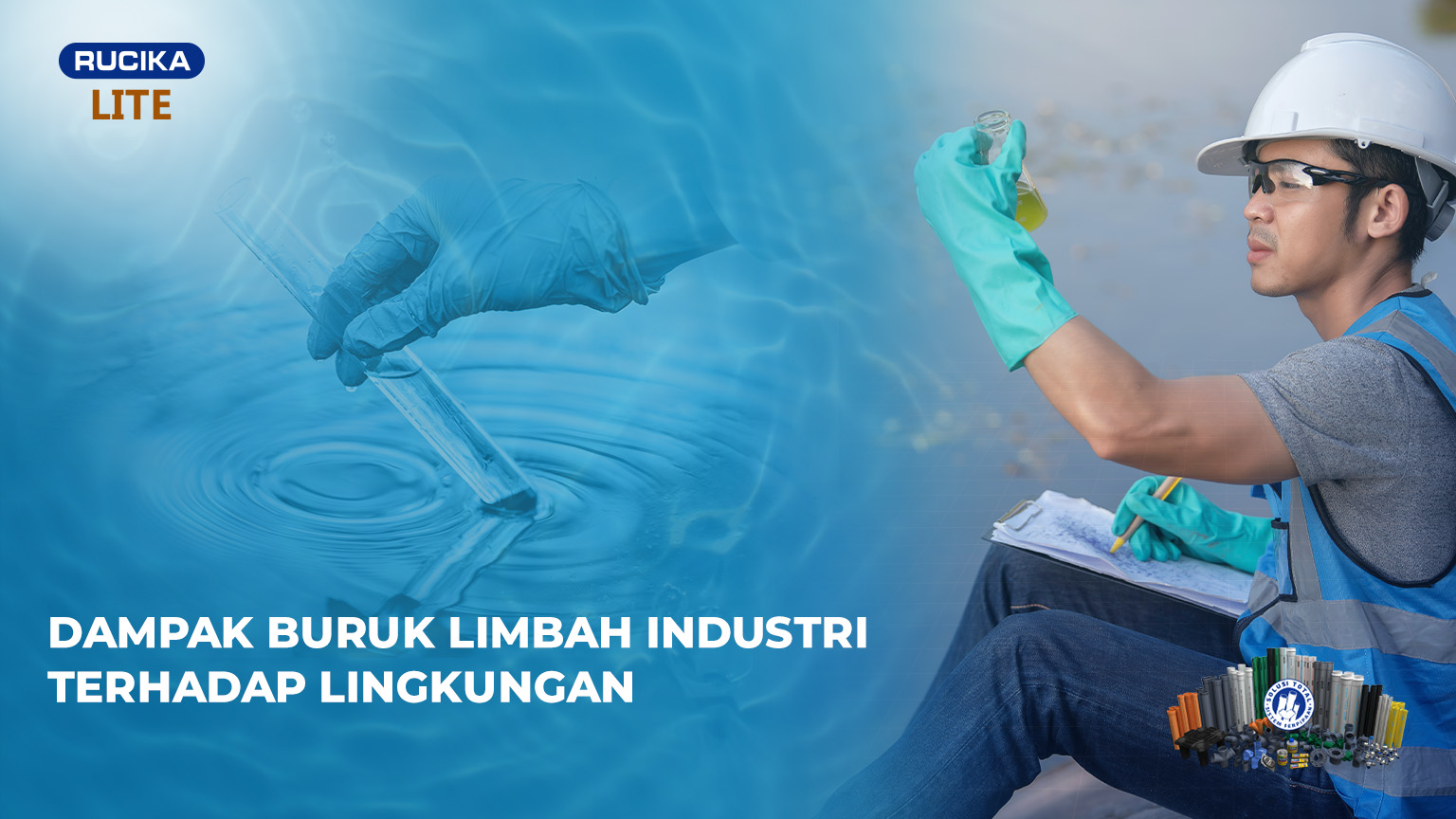With the increasing urbanization of the population each year, the need for shelter has also increased, including shopping, infrastructure, offices and other supporting facilities. The development did not use a number of open land such as fields, gardens, rice fields which incidentally the area has a role to help absorb water into the ground.
Prior to the rapid development, in urban areas in particular, rainwater falling to earth will enter the ground as much as 80% of the total volume of rainwater that falls. While the remaining 20% will flow into the sea. This condition is inversely proportional to the current reality. The majority of the volume of rainwater will only continue to flow towards the sea.
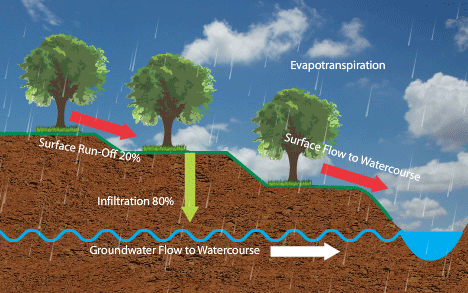
Underground waterways and water bodies such as rivers are enlarged to be able to drain as much water as possible into the sea or in other words “dump” freshwater sources into the sea. God designed a scheme of providing fresh water through rain in such a way that it could be utilized by His creatures. But what happens, humans as if wasted it.
When entering the dry season there is drought in some areas. Areas that during the rainy season have difficulty “throwing out” rainwater eventually have to experience drought even to the point of having difficulty getting clean water for their daily needs. During the rainy season, it is difficult to dispose of water, during the dry season looking for water. A sad phenomenon that occurs in our country. Then how to use rainwater so that we can enjoy rainwater in the dry season?
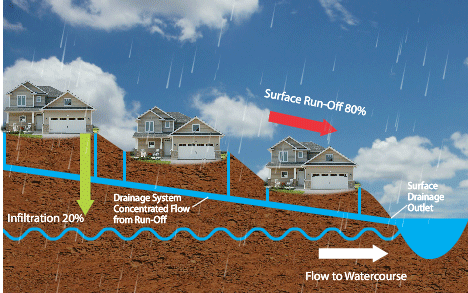
Rainwater is not a dirty object that we must feel disgusted when using it. Nor is it the media that can directly cause pain in people who come in contact with it. Rainwater can actually be utilized for our daily clean water needs both directly and indirectly.
Rainwater caught in an area such as a roof is collected and stored in a watertight tub or room. As rainwater storage can be used by Rucika Rain Water Tank which is wrapped in geomembrane. Because the Rucika Rain Water Tank is designed as a rainwater reservoir that can withstand loads of up to tens of tons even though it is only made of lightweight plastic material. The collected rainwater can be directly used for watering plants or for flushing toilets. When we want to process it first, in other words not directly used, we can use simple processing such as using a filtration system. Screening that can be used for household-scale is simple screening with materials such as using gravel, coconut fiber, palm fiber, sand, activated charcoal, and others. The end result we can use to wash clothes, cutlery, bathing, and so on.
Retaining rainwater and then using it is not a taboo, but a positive thing and an indicator of progress as well as one’s concern for the environment. So take advantage of your rainwater with Rucika which provides a total piping system solution, through Rucika Rain Water Tank, rainwater can also be enjoyed during the dry season!

